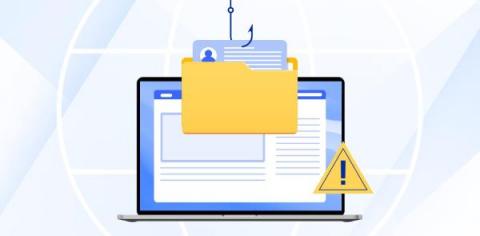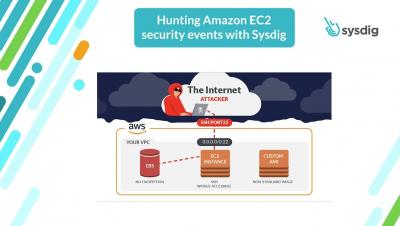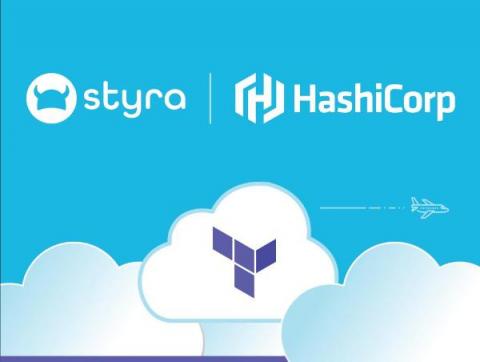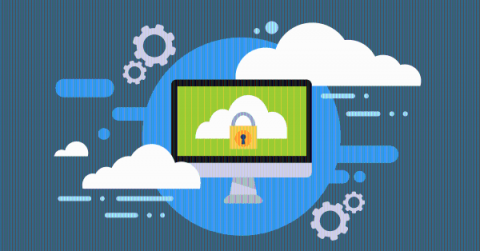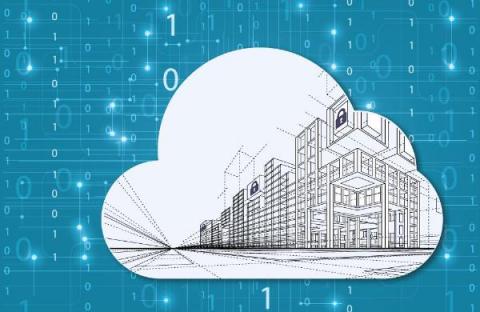Security | Threat Detection | Cyberattacks | DevSecOps | Compliance
Cloud
How To Identify and Stop a Phishing Attack
Phishing is a real problem. One that can wreak havoc on your digital and financial life. Here, we’ll look at different ways we can identify a phishing scam and stop it in its tracks. Phishing is the practice of sending emails (or other messages) with the intent to make the recipient believe it’s from a certain company or individual.
Market Trends And Predictions For 2022
How to Secure Amazon EC2 with Sysdig
Enforcing Cloud Resource Policy Guardrails for HashiCorp Terraform Cloud
I’m excited to announce the Styra DAS integration with HashiCorp Terraform Cloud via run tasks is now generally available to Styra DAS users! Users can now enforce cloud resource policy guardrails at every step of the DevOps process, including right before Terraform Cloud applies changes to your cloud resources.
Netskope - Security That's Ready for Anything
What Are Web Cookies? The Privacy and Security Risks of Internet Cookies
This article has nothing to do with chocolate chips or sprinkles. Sorry about that. Instead, we're talking about computer cookies and how too many web cookies can be bad for your online health. While cookies are enormously helpful and necessary for an easy-going web experience, they are not all good, and many pose some genuine privacy concerns. But what is a cookie, how does one work, and how do they (sometimes) infringe on your digital rights?
Securing SSH on EC2: What are the real threats?
Every compliance audit will ask you to secure SSH, and every time a scanner checks the configuration or CSPM of your cloud account you’ll be warned for it. For example, if you don’t secure SSH on EC2, you’ll certainly get a critical alert stating that one of your Security Groups has its SSH port (22) open to the world. When this happens, you may think: Have I been pwned?
Securing cloud workloads in 5 easy steps
As organizations transition from monolithic services in traditional data centers to microservices architecture in a public cloud, security becomes a bottleneck and causes delays in achieving business goals. Traditional security paradigms based on perimeter-driven firewalls do not scale for communication between workloads within the cluster and 3rd-party APIs outside the cluster.
Cloud Security Architecture: A Practical Guide
Cloud computing security architecture describes how an organization secures data, applications, and workloads hosted across cloud environments. It specifies all technologies — both software and hardware — allocated for protecting cloud assets, and defines the security responsibilities shared between the cloud services provider and the organization. Cloud security architecture is a component of the organization’s overall security approach.



